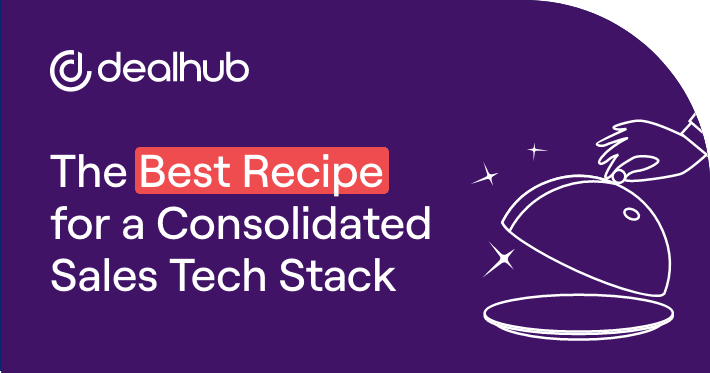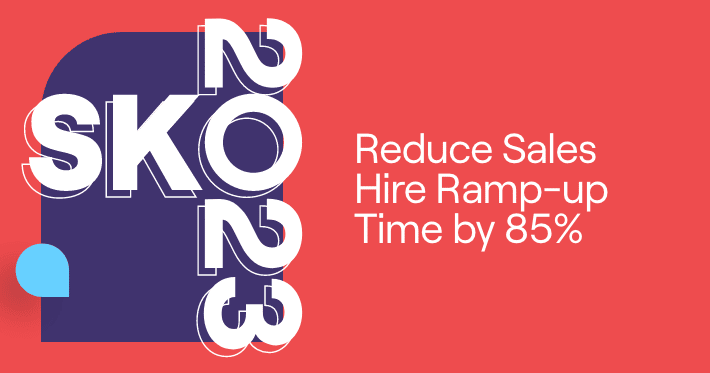Investing in Sales tools to empower performance is a good thing. Often, though, solving one problem with certain technology begets another problem, which calls for another solution, and so on. The result is messy. Using more tools means more vendors, more training, more spending, and many more gaps in coverage. Just like a plate of ravioli: good bite-sized portions in disconnected units.
The biggest issue that arises like the scent of garlic from the fragmented “ravioli” tools is there’s no single source of truth for teams to rely on. To achieve that, you’ll need to consolidate your sales tech stack into an organized lasagna: a unified platform that covers multiple phases of the sales process, streamlines workflows, increases productivity, and provides visibility to all team members.

It may seem impossible to turn raviolis into lasagna, but consider this: they have the same ingredients. What the “lasagna” stack offers is connectivity, unification, and depth, which is exactly where the “raviolis” fall short. Here’s a quick recipe to assist you:
- Consider who benefits from a consolidated stack. For example, Sales professionals who are spending too much time on manual tasks rather than actively selling; SalesOps who have to train teams on how to use the numerous tools currently in use; Finance in its battle to reduce operational overheads without compromising growth.
- Define core areas to be optimized by consolidation. For example, guided selling to enable intuitive, error-free, quick quote generation; deal management and visible pipelines; transforming the buyer-seller experience; preventing revenue leakage, and more.
- Determine what to avoid. For example, purchasing technology that wasn’t purpose built; getting a tool that is high-touch and heavy-coded, which leads to dependency on third-party developers; acquiring a solution that solves some problems, but also creates new ones.
If reading this makes you want to bury your head in a bowl of spaghetti, or worse, avoid carbs altogether, please remember that a Sales professional without the right tools is like a cook without a pot. By avoiding consolidation, you’re leaving money on the table, and it’s not for the mustached waiter’s tip. You must consider the outcomes of not consolidating before drowning in a bottle of Chianti.
Consolidating your sales tech stack will enable you to reduce training time, cut administrative costs, and focus on effective tools that integrate directly into your deal process. Unifying your process into one “lasagna” will improve your win rates and enable you to take bigger bites by increasing deal volume.
There are approximately 350 types of pasta, and an infinite number of sauces. When it comes to dinner, have as many and as much as you’d like. When it comes to your sales tech stack, go for a delicious, consolidated lasagna.





